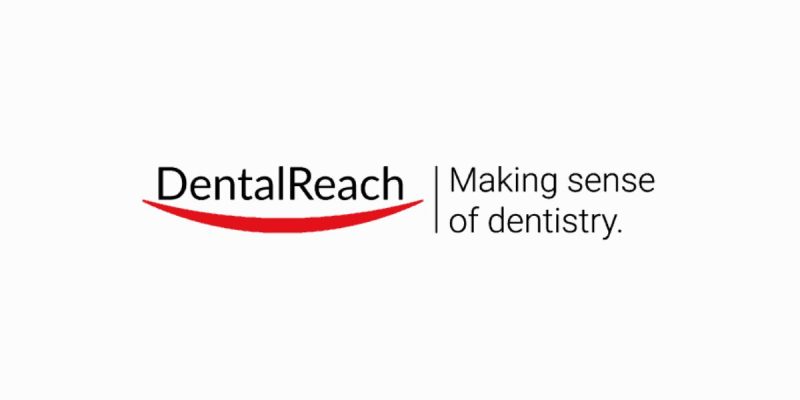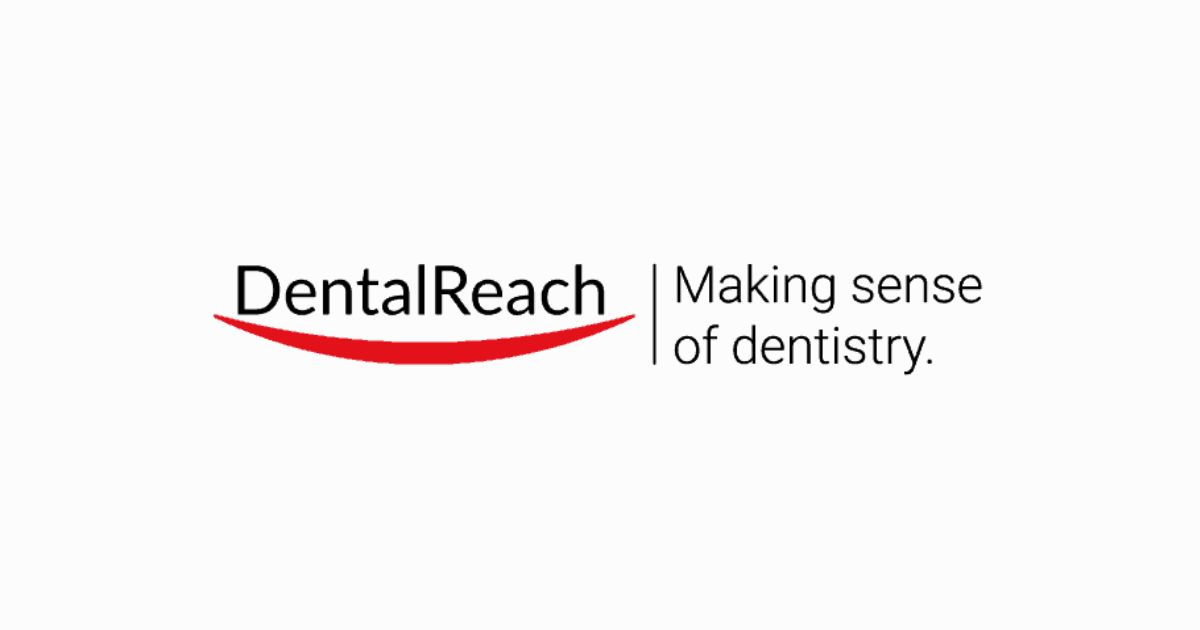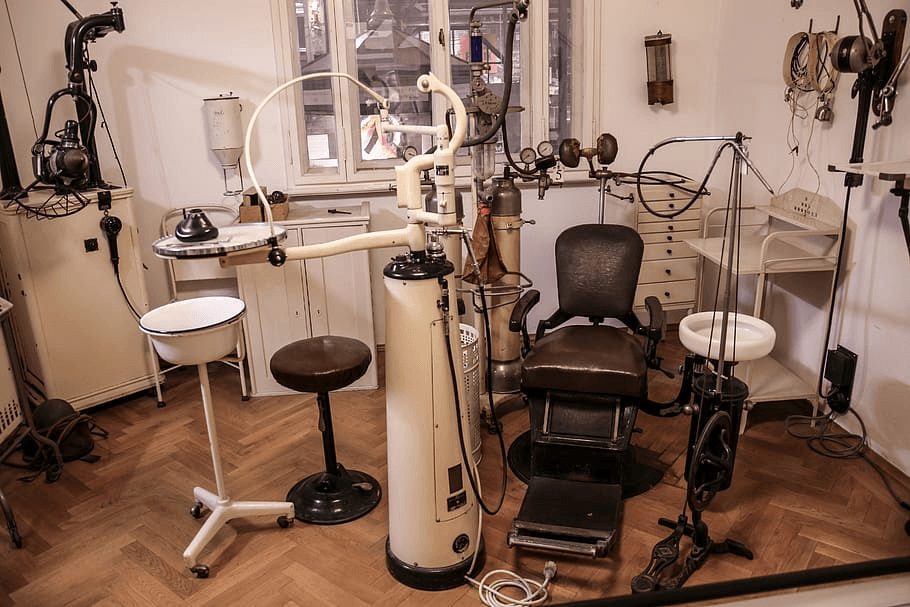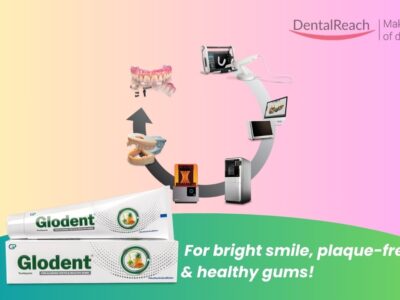Editorial for Volume 6, Issue 4
It’s a small world, and as we all face oral health issues, specialised health care services pertaining to the mouth i.e. dentistry, exists since time immemorial in all parts of the planet. In this article, I want to make a comparison between dental practices globally, to highlight the major differences, but at the same time underline the similar trends of the market at a global level. Being able to look beyond one’s borders and compare experiences will allows us to draw valuable insights to improve or feel better about our own daily dentistry.
Becoming a dentist
Dentistry, in terms of training and qualification, is quite similar in all parts of the world. Dentists go to school to receive 3-5 years of rigorous training, and most countries offer an additional 2-4 years of training or fellowships in dental specialities. The licensing and professional registration requirements are similar too – they must all be registered under the apex dental organisation of their particular country.
However, having a license to practice in one country, does not give you the right to practice in another. If you wish to do so, you must give the licensure exam of that country – or go through their dental training again.
Ergonomics
If we think of American dental practices, the first image that comes to mind is that of an open space environment with a clean and minimal design setting, combined with highly reliable products to minimize particularly interventions of assistants . American and Canadian dental practices focus on a stand-alone chair in the center of the area around which all the equipment is placed on completion: furniture, side distribution instruments mainly with hanging cables and with garage cart, ceiling lamp, independent wall or portable suction, etc.
The concept described above is highly functional, designer, and reassuring as the instruments are placed away from the chair and therefore out of sight of the patient.
The American dentist is used to working with a prevalent orientation at 12 o’clock and often without an assistant.
All this makes the difference with the classic European context to which we tend to be used very clearly, where the traditional “all in one” unit dominates the center of the clinic, which, as the word itself suggests, groups in a single product, basically equipped with a water unit and basin, numerous accessories and related tools.
In Europe and most Asian countries, the operator is usually oriented to work between 9 and 11 o’clock and almost always uses the assistant.
However, the differences between these two geographical scenarios are not static today, and it is possible to observe in Europe, and mainly in the Nordic countries, a growing trend of American-style dental practice organization. The reason is mainly related to hygiene reasons (especially in times of pandemic the tendency is, where possible, to abandon the basin and/or the whole water unit), and to new trends in the dental field related to cosmetics, aesthetics, and dental prosthetics, implantology, and outpatient oral surgery.
Treatment approach
The approach to patient care is correlated to various factors, among which the cultural vision of the reference nation certainly stands out.
Some countries only recognize the functional aspect of the teeth and dentists focus on purely essential treatments like tooth decay, gum disease, and tooth loss. On the other hand,in some countries the esthetic aspect is emphasized – so dentists, in addition essential oral care, offer esthetic and dental cosmetic services.
Another cultural difference is the weightage of oral health as compared to the rest of the body. Dental awareness contributes to value or importance of the teeth.
Countries low on dental awareness will have patients entering the clinic only after there is pain or poor esthetics, and dental practice is mostly a curative model – also called ‘drill-fill (and bill)’ type of dentistry. Countries high on dental awareness will have patients coming in to ask how to not have the pain in the first place, and dental practice is mostly a preventive model – topical fluoride applications, tooth brushing demonstrations and pit and fissure/incipient caries getting filled.
Access to dental care
It is impossible not to mention those areas of the world where one can do without surgeries, because even today dentistry is a walking practice, which very often takes place open air.
In the less urbanized areas of the Asian, African, or South American continents it is possible to come across dentists who travel from village to village and who, in the absence of other accommodations, such as mobile clinics, offer dental care on the street, commonly referred to as ‘quack dentistry’.
There is only 1 dentist per 152,721 citizens in low-income countries, and 1 per 13,810 citizens in middle-income countries. In comparison, there is 1 dentist per 1,708 citizens in high-income countries. That is, a dentist in a low-income country should take care of around 90 times as many people as dentists in high-income countries, like Denmark. In addition to dentists, oral hygienists are primarily found in high-income countries.In low-income countries like Burkina Faso and Laos, for example, many people receive no treatment at all. And if they do, it is only in connection with symptoms that may end with extraction of the tooth.
Payment models for dental care
Depending on the country’s economic status, population groups receive oral health care paid fully by government, partially by government or care provided with no contribution by government. The involvement of private health insurance in oral health care also results in more people opting for treatments. Direct payment for oral health care may result in opting for compromised treatments – or no treatments at all.
A survey 1 of 29 Organisation for Economic Cooperation and Development countries found that only 5 countries cover the full cost of dental care:
- Austria
- Mexico
- Poland
- Spain and
- Turkey
6 countries cover 76–99% of dental costs:
- Belgium
- Finland
- Germany
- Iceland
- Japan and
- United Kingdom .
3 countries cover 50–75% of dental costs:
- Luxembourg,
- Republic of Korea and
- Slovakia.
9 countries cover less than half of dental costs:
- Czech Republic
- Denmark
- France
- Greece
- Hungary
- Italy
- Netherlands
- Portugal and
- Sweden
6 countries do not cover any costs:
- Australia
- Canada
- Ireland
- New Zealand
- Norway and
- Switzerland.
Instead of integrating dental care into universal health coverage schemes, many countries like India provide coverage to certain subgroups, commonly children and low-income individuals.
Community programs
School based healthcare again depends on the economic status of the country. Only 52% of low-income countries provide schoolchildren with local healthcare; while 75% of high-income countries provide the same. Of low-income countries, 43% offer emergency treatment, while the same is true of 92% of high-income countries. 2
Water fluoridation, a widespread practice for example in the United States, India, in some parts of the United Kingdom, and Australia, serves to prevent the formation of cavities. But it is a type of prevention on which not everyone agrees. In this regard, Germany, Finland, Japan, Netherlands, Sweden, Switzerland, France have expressly prohibited this practice. Fluoridated salt and milk is promoted here instead. This is because water supplies are too decentralized for it to be a practical choice, or existing natural fluoride levels are already ample.
Popular trends
Many will have seen in Hollywood films that patients in the dental office are anesthetized by inhaling gas from a mask, sometimes with effects purposely exaggerated to be funny on the big screen.
A trend coming from the American world, which is becoming increasingly popular also in Europe and Asia is – conscious sedation.
What is used is nitrous oxide mixed with oxygen which, in addition to relaxing patients and making them less sensitive to pain and more cooperative, can also give a slight feeling of euphoria as a side effect.
In India too, this solution, even if marginally, for now, is beginning to be used in dental offices, especially in cases of dental phobia, in which the patient has difficulty approaching dental treatment.
While dental care and approach is different across the globe, the role of the dentist is nearly the same in every country – to ensure the oral health of the citizens.
Highlights of current issue:
References
1. Paris V, Devaux M, Wei L. Health systems institutional characteristics: a survey of 29 OECD countries. Report No.50. Paris: Organisation for Economic Co-operation and Development; 2010.
2. Petersen PE, Baez RJ, Ogawa H. Global application of oral disease prevention and health promotion as measured 10 years after the 2007 World Health Assembly statement on oral health. Community Dent Oral Epidemiol. 2020 Aug;48(4):338-348























Comments